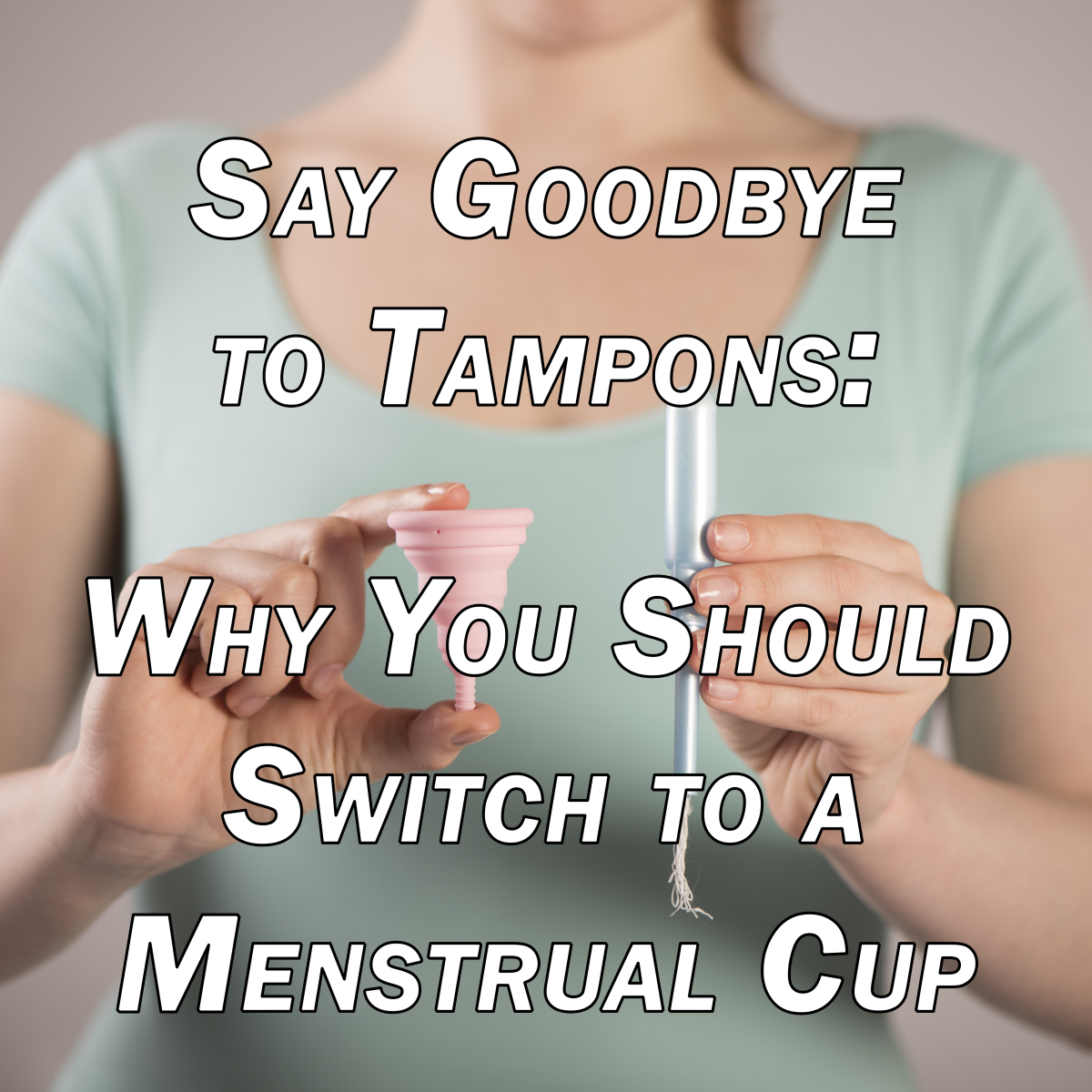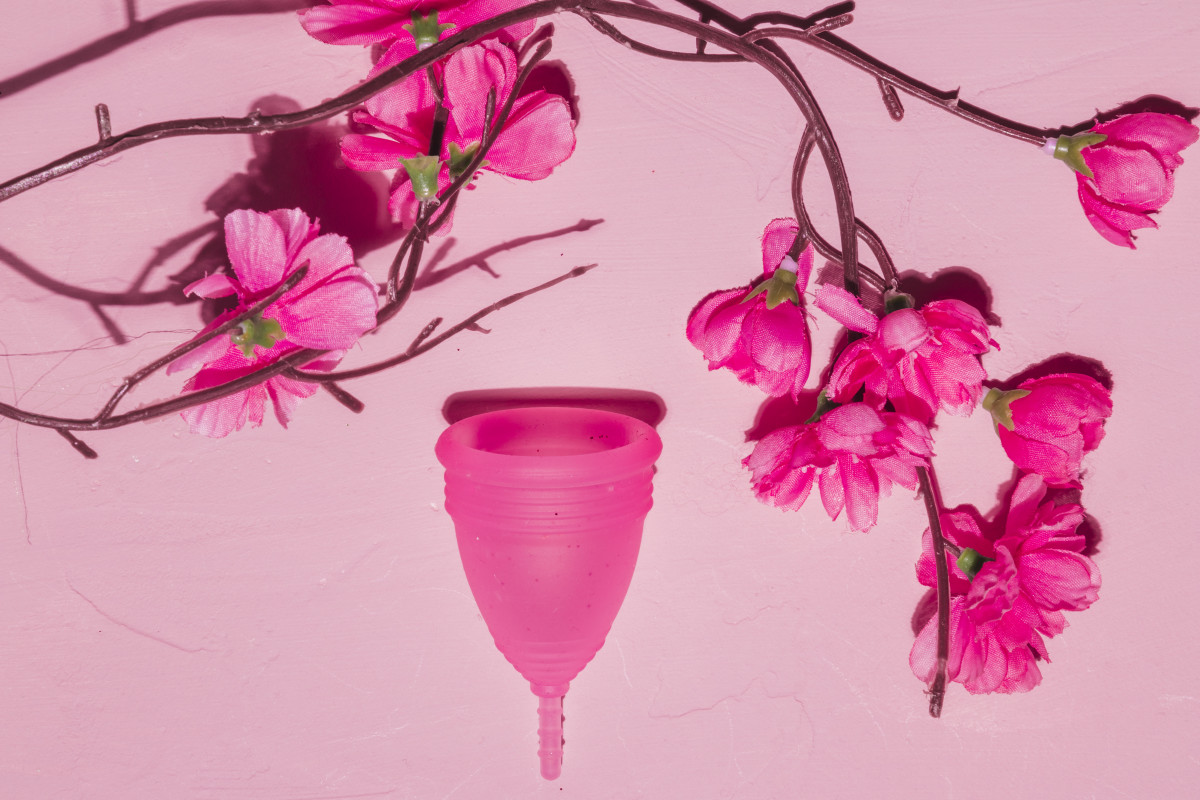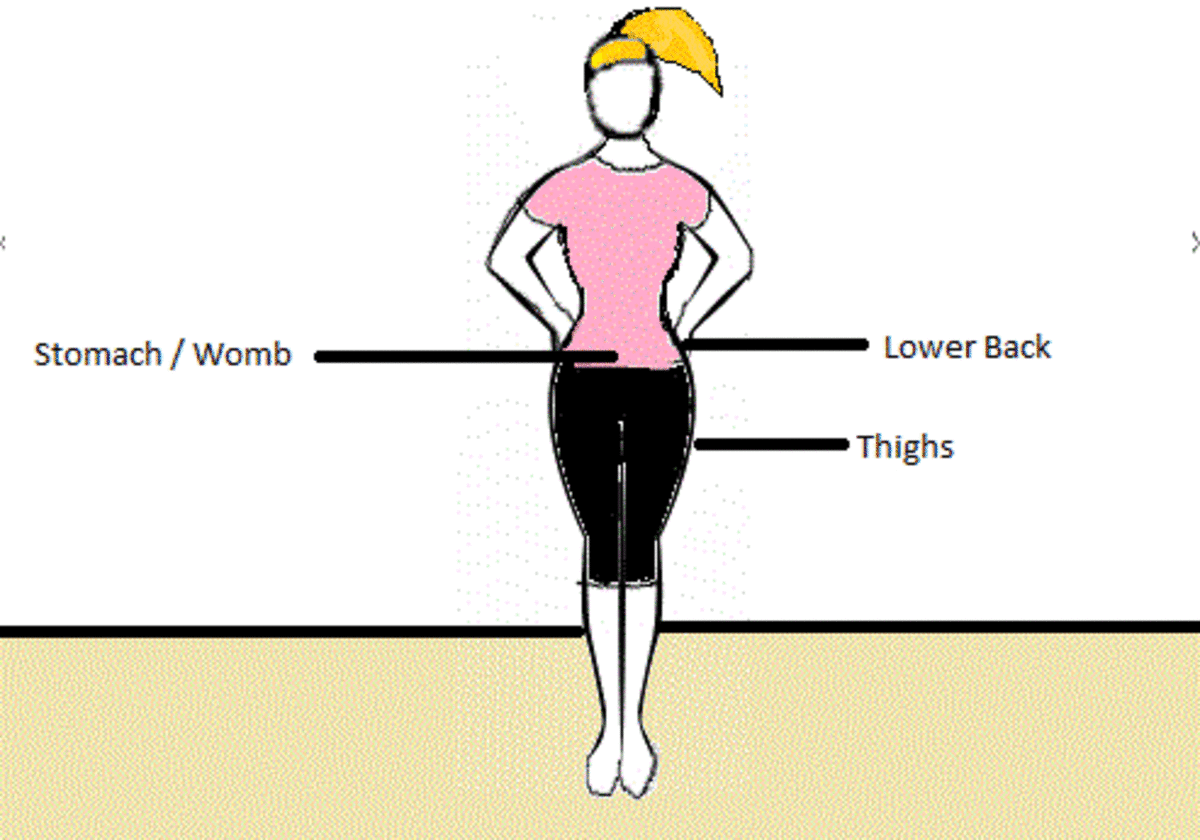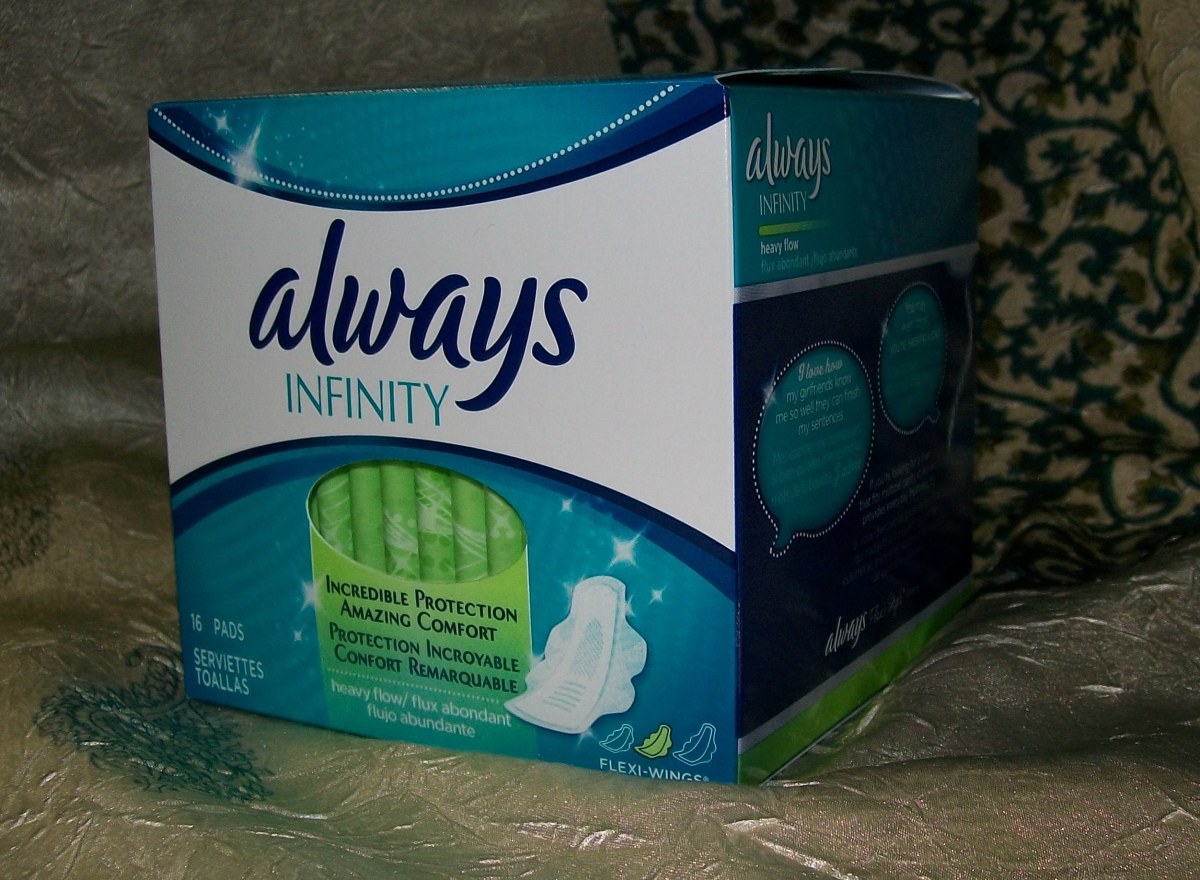Menstrual Products: Not Just Pads and Tampons.
Menstrual Product Alternatives
Let's begin with a little history. Before man made products women used animal pelts, mosses, sea sponges, and seaweed as well as cotton, wool, rags and vegetable fibres. Sponges and cotton wadding were used as tampons by Europeans in the 17th century. Pads were held in place with a belt that had tape or string. Oil silk was used for the pad material simply because it was easy to wash. Cotton fibres, cotton waste, wool, wadding, paper, wood fibres and linen were some of the materials the pads were made from. Egyptian women used softened papyrus. African women used rolls of grass. In other countries lint was wrapped around lightweight wood, wool, and vegetable plant fibres. The menstrual cup has been around for about 150 years with the first being used by rubber collected in India. A recorded patent granted in 1867 for a cup shows the cup worn inside and attached by a cord to a metal belt. In 1930 there was another patent with the cup made of vulcanised rubber and wasn't liked because it was hard and heavy.
Washable menstrual products such as cloth pads are making a come back as well as cups, and organic tampons. These products were around about 100 years ago, but with society progressing, corporations have invented synthetic disposable products. These products contain chemicals supposedly to increase absorbency. These chemicals are toxic to our bodies and to the environment. Pads usually have a plastic layer as well as adhesives. The synthetic products are made of rayon or rayon/cotton blend that has been bleached with chlorine and contains dioxins and furans. Dioxins are a diverse range of chemical compounds that are known to have "dioxin-like" toxicity. Dioxins cause reproductive and development problems, damage to the immune system and interfere with hormones as well as cause cancer. Furans cause cancer and gastrointestinal problems. Rayon tampons have a great risk of causing toxic shock syndrome. Tampons are also associated with dryness and ulcers of the tissue, especially with the more absorbent ones. Most come with plastic or cardboard applicators which all too often are flushed down the toilet. They end up in the sewer systems, the ocean and the beach shores.
Washable pads are made from organic fibres such as chambray cotton, hemp, linen, jersey or wool. These are alternatives offered to women who have problem associated with synthetic pads. Washable pads are reusable and don't pollute the environment. They are also more cost effective.
Tampons as we call them, have been around for thousands of years in one form or another. Environmentally friendly tampons are made of organic cotton, hemp, or other fibre that is grown without the use of herbicides or pesticides. They are also free of dioxins, furans and chlorine bleach.
Today's menstrual cups are worn internally like a tampon and collect the fluid rather than absorb it. They are reusable and typically hold 30 ml of fluid which is roughly 1/3 of the average fluid produced every cycle. It is recommended to empty the cup every 6 to 12 hours depending on how heavy or light the flow is. One type is reusable and made of latex or medical grade silicone for those with latex allergies. Another is like a contraceptive diaphram and is for single use only. The cup forms a light seal when inserted allowing fluid to pass into the cup without leakage or odor. It does not interfere with the tissue and does not cause toxic shock syndrome. For women who have given birth, there may be anatomical differences which can cause slight leakage when using the cup. If this occurs use a light cloth pad for the heavy days. To clean the cup remove, and rinse with a mild soap and water or wipe it out and reinsert it. After your cycle you can wash it in mild soap and water or boil it for 20 minutes. Tea tree and Lavender oil can also be used to disinfect the cup due to their anti-bacterial, anti-fungal, and anti-viral properties. With that said I hope this information can help women that have allergies or problems associated with the synthetic disposable products, and are wanting an alternative. Thank you for your time.
Cups
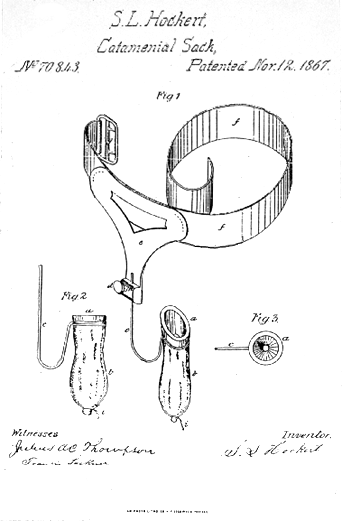
1867 patented cup
This is the 1867 patented cup.
Modern Cups
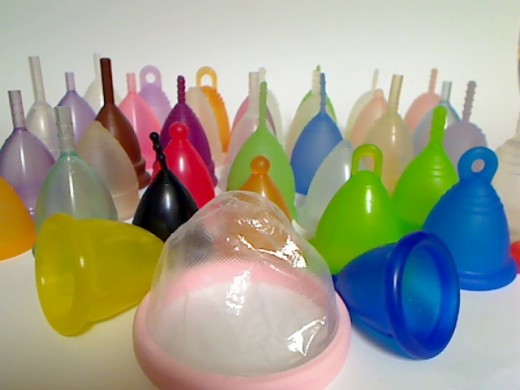
Reusable cloth pads
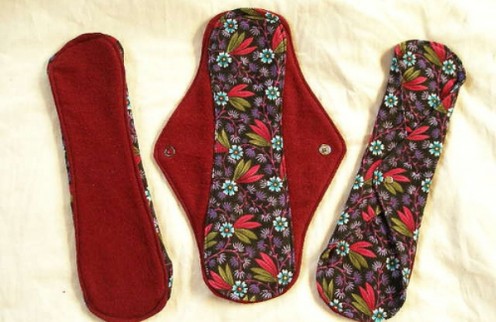
Maxim Organic
Cloth Pads
- Jade & Pearl | Unique Natural Products for Men & Women
This is a great source for cloth pads and other feminine products.


